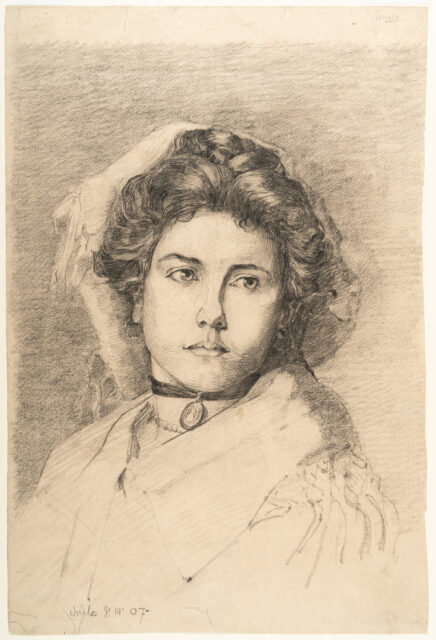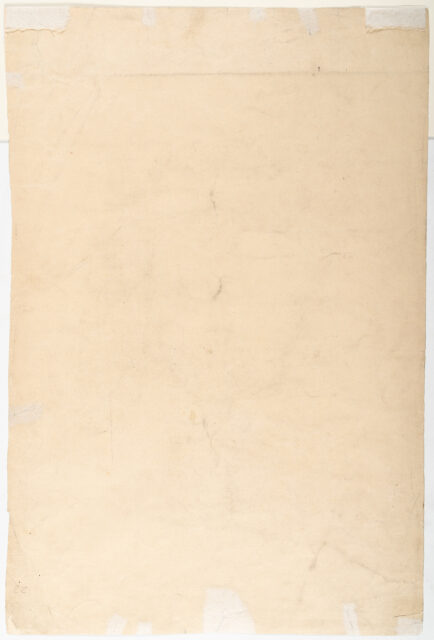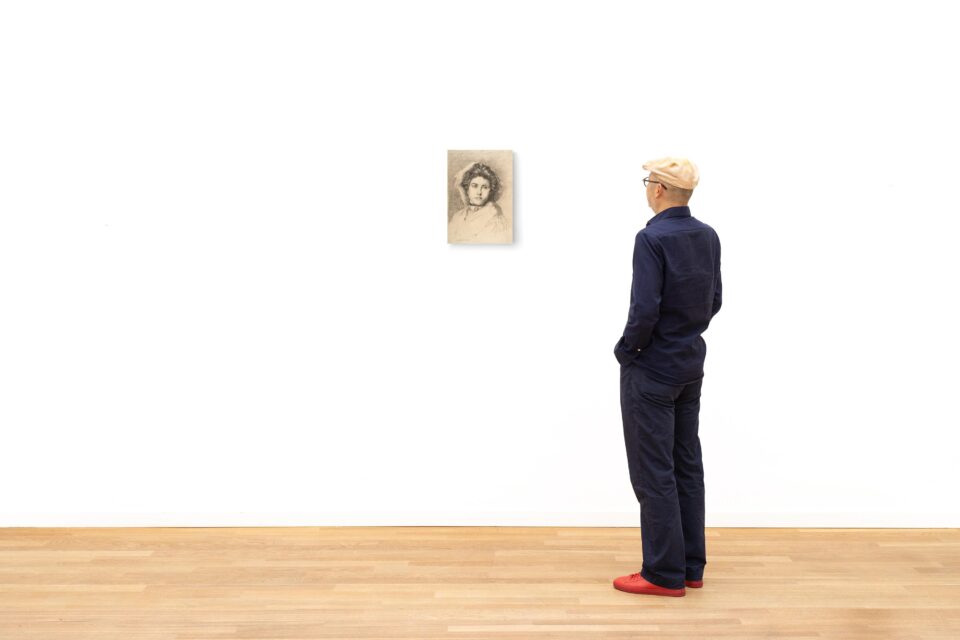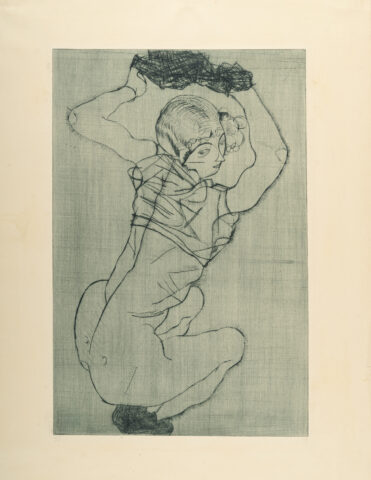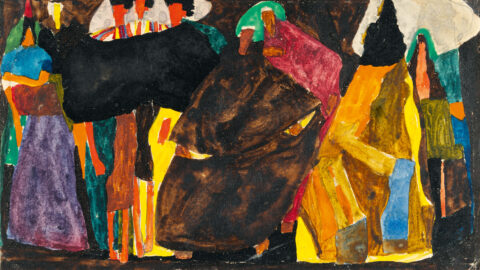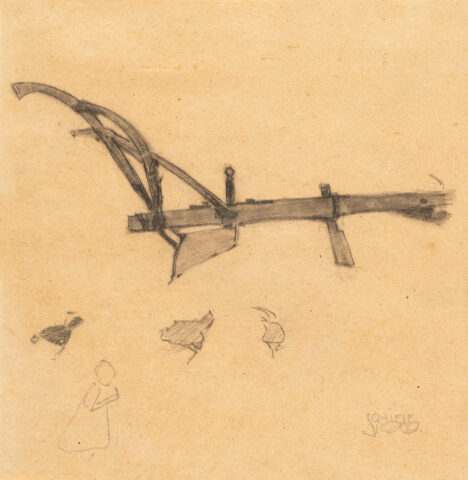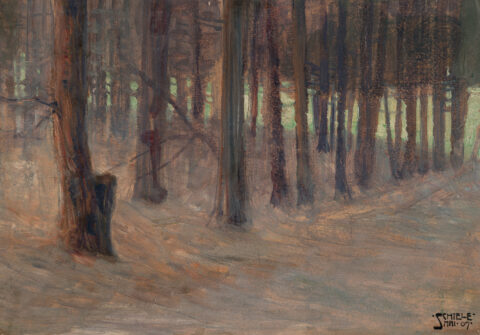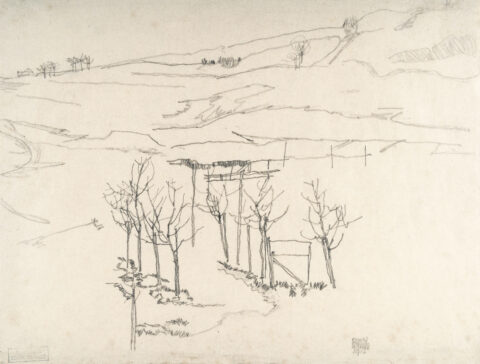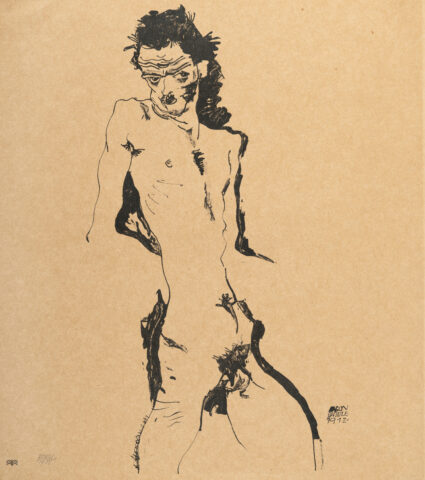
Portrait of a lady with necklace and medallion
Details
Kallir D 98.
Literature:
Price, Renée (ed.), Egon Schiele. The Ronald S. Lauder and Serge Sabarsky Collections, Munich a.o. 2005, cat. no. D7, with col. illus. p. 198.
Exhibition:
Egon Schiele: Vom Schüler zum Meister/Da allievo a maestro, Academy of Fine Arts, Vienna and others 1984-1987, cat. no. 4;
Egon Schiele, Pinacoteca C., Rome/Museo d’Arte Moderna Ca’ Pesaro, Venice 1984, cat. no. 35;
Egon Schiele (Europalia 87 Austria), Palais des Beaux-Arts, Charleroi 1987, cat. no. 6;
Klimt. 125 drawings, Nassau County Museum of Art, Roslyn/New York 1989, except cat;
Egon Schiele: 100 Zeichnungen und Aquarelle/Disegni e acquarelli/Œuvres sur papier, BAWAG Foundation, Vienna and others 1993-1996, cat. nos. 16 and 3 respectively;
Egon Schiele. Paintings, Drawings and Watercolours, Mainau Castle, Mainau Flower Island 1994, cat. no. 3;
Egon Schiele, Fondation Pierre Gianadda, Martigny 1995, cat. no. 40;
Klimt. Schiele. Kokoschka, Musée des Beaux-Arts, Rouen 1995, cat. no. 129;
Egon Schiele. Drawings and Watercolours, The Serge Sabarsky Foundation, New York 1996, Memorial Service, no cat;
Egon Schiele, International Cultural Centre, Krakow 1996/97, cat. no. 3;
Egon Schiele: Risbe in Akvareli, Cankarjev Dom, Fine Art Gallery CD, Ljubljana 1997, cat. no. 3;
Egon Schiele. Portraits, Neue Galerie, New York 2014/15.
Provenance:
Rudolf Leopold Collection, Vienna;
Collection/estate Serge Sabarsky, New York, acquired from the aforementioned in ca. 1983;
Collection/Foundation Vally Sabarsky, New York.
Description
– Early drawings from the first academy year of the 16-year-old student Egon Schiele
– Volumes are created with the paper white only, without heightening with white chalk
– The concise portraits already show Schiele’s high level of craftsmanship, from which he developed his characteristic expressionist style shortly afterwards
In autumn 1906, the 16-year-old Egon Schiele began his studies at the Academy of Fine Arts in Vienna. In the first semester, studies based on antique casts and nude drawings dominated his lessons, but from January 1907 until mid-June he produced almost exclusively female and male portrait drawings, which, thanks to precise dating, could be precisely dated. That spring, Schiele drew the “Portrait of a Lady with Necklace and Medallion” on 8 March and a few weeks later, on 29 April, the “Portrait of a Bearded Man”. Both works are still strongly characterised by conventional means of drawing, both in terms of content and method. In accordance with academic practice, heights and volumes are only worked out using the white of the paper. Although the drawing students were allowed to erase and thin out or remove the colour application, they rarely added real heightening with white chalk or pastel. These portraits of the young Schiele are impressive, even if they do not quite achieve the outstanding elegance of Gustav Klimt’s drawings at a comparable age (cf. lot 707). Klimt, with whom the young student made contact in the same year 1907, became Schiele’s patron and source of inspiration, and his influence on Schiele’s work soon became apparent. Schiele remained at the academy until April 1909, but then left due to increasing tensions with his teachers. In opposition to the conventional art world, he founded the “Neukunstgruppe” with like-minded artist friends. It was at this time that Schiele found his very individual and characteristic drawing style, which was characterised by the rejection of the traditional ideal of beauty and the depiction of ugliness and exaggerated emotions, and which made him successful and world-famous in just a few years. However, the basis for this was Schiele’s high level of drawing skill, which was based on his classical academic training and from which he was able to develop his unmistakable expressionist style.
* All results incl. buyer’s premium (27%) without VAT. No guarantee, subject to error.
** All post-auction prices excl. buyer's premium and VAT. No guarantee, subject to error.
*** Conditional Sale: The bid was accepted below the limit. Acquisition of the work may still be possible in our post-auction sale.
R = regular taxation
N = differential taxation on works of art which originate from a country outside of the EU
The private or commercial use of images shown on this Website, in particular through duplication or dissemination, is not permitted. All rights reserved.



